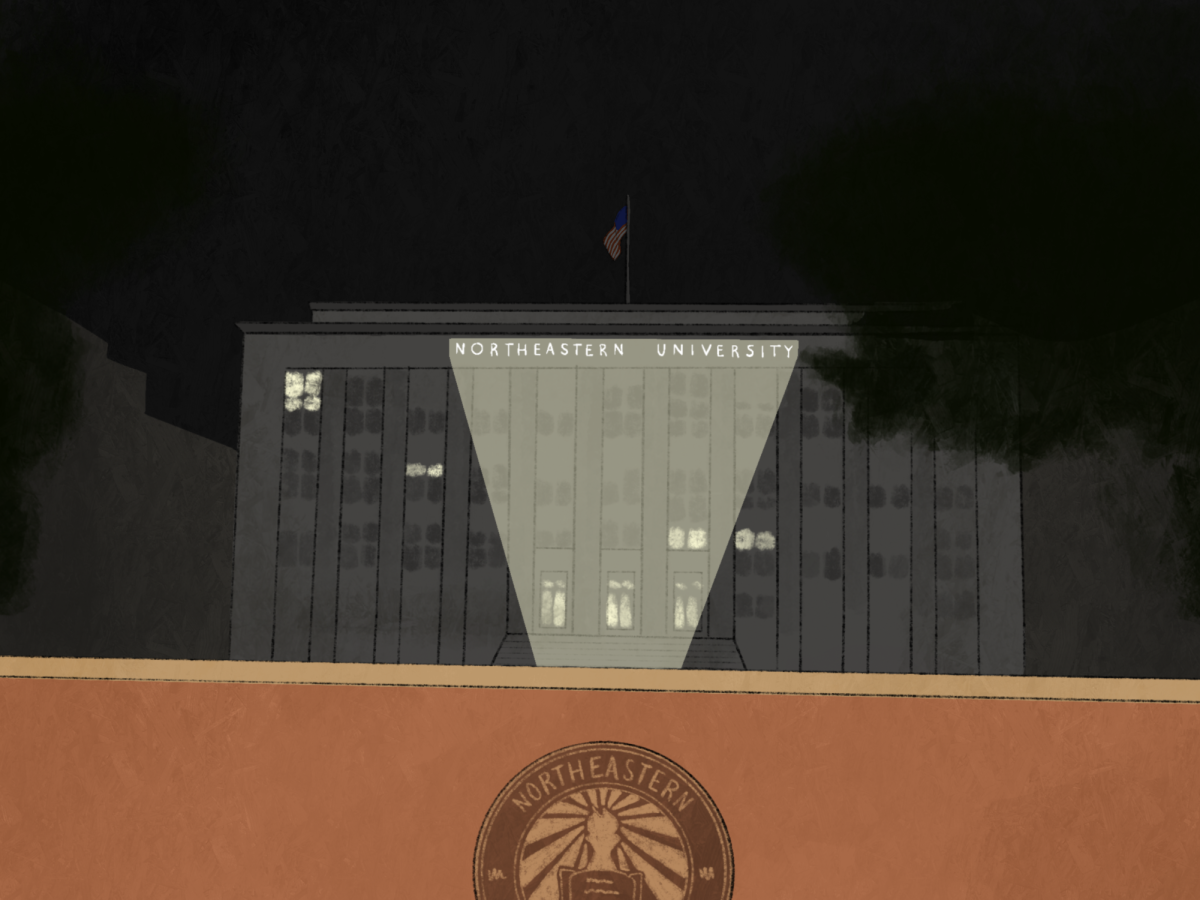Review: ‘Dune’ film adaptations have a chance for redemption in 2021
“File:티모시 샬라메 (Timothee Chalamet) ‘더 킹 헨리 5세’ 06.png” by Nine Stars is licensed under CC BY 3.0
Timothee Chalamet stars in ‘Dune.’
October 15, 2020
“Dune” has a long history of film adaptations, ranging from never finished to catastrophic box-office failure. “Dune” (2021) marks the seventh known attempt to bring “Dune” to theatres and only the second to cross the finish line and be released. Directors Ridley Scott, David Lynch and Alejandro Jodorowsky have all taken their shot at translating “Dune” for the big screen in the 55 years since the novel’s release. These film adaptations are seemingly cursed, with a producer dying after buying the rights, family members passing away during the writing process and it ultimately being named one of the worst films of 1984.
Now, the internet is taken by storm by mentions of worms, sand and spice. “Dune” is finally coming back to the big screen again, this time directed by Denis Villeneuve. The star-studded cast of Timothée Chalamet, Oscar Isaac, Jason Momoa and Zendaya will be bringing the dense lore of “Dune” to life. Will an A-List cast and Villeneuve’s track record be able to break “Dune” free of its tragic past?
Written in 1965 by Frank Herbert, “Dune” follows young Paul Atreides as his house relocates from Caladan, a lush ocean planet, to Arrakis, a desert planet with no natural precipitation. While Arrakis may be hard to inhabit, it is the only planet in the galaxy that produces “melange,” also known as spice. Spice powers intergalactic travel and extends human life, making it a highly sought after resource. As with any rare and extremely useful resource, there is a game of secret plots with multiple groups looking to control its rich trade. On top of plots to dominate the spice trade, Paul’s world changes as he begins to fulfill a prophecy he had no idea he was a part of.
Talks of adapting “Dune” for the screen haven’t stopped since the novel’s 1965 release. Arthur P. Jacobs was the first to acquire the rights for a film adaptation in 1971. He died a few years after, and the rights were then acquired by Jodorowsky. He looked to collaborate with Pink Floyd and Salvador Dalí, but this ambition spited him, stalling the production for financial reasons. In 1976, the rights were acquired again, this time by Dino De Laurentiis, and Ridley Scott was tapped to direct in 1979. Scott ended up leaving the project after his brother died unexpectedly, later moving onto “Blade Runner” (1982). In 1981, a director that stuck was finally found. David Lynch, hot off the success of his second film “Elephant Man” (1980), began principal photography for “Dune” in 1983, and it was released in 1984.
Starring Kyle Maclachlan, Patrick Stewart and Sting, “Dune” had potential as audiences craved another sci-fi adventure after the success of Star Wars (1977). However, the film was critically panned and considered a box office failure.
The 1984 adaptation ripped all the meat out of Herbert’s story, leaving a grotesque carcass in its wake that was indistinguishable from its origins. To those unfamiliar with the source material, the film is mystifying at best and incomprehensible at worst. The ecological, political and religious critique is so convoluted in a vapid and surface-level “coming of age” take on “Dune” that the audience lost out on what made the novel so remarkable. In all fairness to Lynch, it seems his dreams were torn to tatters: he lacked total creative control and has been a vocal critic of his film.
The film relied on narration to introduce the story and fill in gaps for the viewer. In just the first few minutes, the script makes it clear that this will be no easy watch, with terms like Ix, Atreides, Harkonnen and Bene Gesserit. This vast amount of new vocabulary makes the language impenetrable. “Dune” is not just a story of a boy on a sandy planet, but one of deep political and societal critique. Much of the new vocabulary is never given a solid definition. The script continues to throw around words the audience doesn’t know, giving them no opportunity to come to a meaningful conclusion.
With confusing language and one-dimensional characters, viewers who are unfamiliar with their novel counterparts cannot even begin to understand what is at stake and why the characters are making their decisions. The most valuable resource in the galaxy is up for grabs, with each ruler plotting to control the trade. Full of teamwork and betrayal, it is nearly impossible to keep up with each character’s alliance and motivation.
The good news here though is that Villeneuve and Warner Bros. broke the story into two parts. Unlike the 1984 version, the 772 pages of “Dune” will be told over about five hours, instead of rushed through in two hours and 17 minutes. By splitting the film, Villeneuve and the screenwriters have more time for character development and a chance to bring the larger concepts of societal critique to the surface. They have the opportunity to show the depth of each character and give the viewers time to understand the inner workings of the worlds and society. With this approach and a likely cliff-hanger ending, the film could leave the audience begging for more, just like the novel’s readers.
With modern technology at its fingertips, the 2021 version of “Dune” has the ability to go all-in on visual effects. Back in 1984, technology and practical effects were limited and expensive. Specifically, the formidable worms of Arrakis felt slow and tame in the 1984 adaptation compared to those described in the novel. Viewers never got to feel the terror of the character’s first encounter with a worm or even the magnitude of one’s presence. Just from the 2021 version’s trailer, the worms did not disappoint. It ripples through the sand as it moves, causing waves that topple the characters over. Most importantly, the audience sees its massive scale and the baleen teeth that make these creatures so terrifying. Of course technology is helpful here, but the worms play an extremely important part in the story of “Dune,” and it’s a relief to see that the 2021 adaptation may have gotten their design right.
The one thing that could be missing from Villeneuve’s “Dune” is strong imagination and the sense of psychedelic strangeness. “Dune” is no ordinary story, with some characters perceiving time as mutable, society being ruled by non-existent technological advancements and plenty of indescribable alien creatures coming and going. With the studio investing a rumored $200 million into its production, how much creative risk will they let Villeneuve take?
Though Lynch’s version had its failings, there are hints of grandiose and arthouse aesthetics in the editing choices and art direction that could have truly been delightful if the director was able to assume full creative power. For example, the set design is somehow futuristic, yet classic, posing the idea that even though this world is 10,000 years in the future, it may not be that different than ours. If the studio held Villeneuve back from jumping feet first into the weird end, then the end result may be bland.
Will “Dune” (2021) fall into the same traps as its precursor? Is the general public ready to jump into the deep lore, or will the film be left out to dry? Amid a pandemic and the box office seemingly as dry as Arrakis itself, the curse on “Dune” adaptations continues as “Dune” (2020) has been pushed back and become “Dune” (2021). Regardless, fans of “Dune” have been waiting since the novel’s release for a chance to see the world brought to life, and Villeneuve’s “Dune” might be our best shot.








